Website Translation and Localization: What's the Difference?
Website translation refers to the process of converting the content of a website from one language to another. It involves accurately rendering text, images, and other multimedia elements into a target language while preserving the original meaning and context. The main focus of translation is linguistic accuracy and the ability to convey information effectively in the target language. On the other hand, localization goes beyond translation and encompasses a broader range of adaptations to ensure a website feels native to the target culture. It involves modifying various elements, including content, design, functionality, and user experience, to cater to the preferences and expectations of the local audience. Localization considers cultural nuances, social factors, and even political sensitivities to create a seamless user experience that resonates with the target audience.
By combining effective website translation with meticulous localization, businesses can establish a strong global presence and connect meaningfully with international customers.
Why Is Website Localization Important?
Reaching a global audience: Localization enables businesses to expand their reach beyond their domestic market and connect with a global audience. By adapting a website to suit the language, cultural preferences, and expectations of different regions, businesses can effectively engage with international customers and increase their chances of success in foreign markets.
Cultural sensitivity: Localization allows businesses to demonstrate cultural sensitivity and respect for the local customs and traditions of their target audience. Businesses can avoid cultural misunderstandings and establish a positive brand image that resonates with the local population by adapting content, images, symbols, and color schemes to align with the cultural context.
Enhanced user experience: Localization goes beyond language translation and includes adapting the overall user experience to suit the preferences of the target audience. This includes factors such as date and time formats, currencies, measurement units, and website design. A localized website provides a seamless and intuitive user experience, which improves customer satisfaction, engagement, and conversion rates.
Competitive advantage: In today's global marketplace, businesses face stiff competition. Localization gives businesses a competitive edge by enabling them to offer a website experience that feels native and personalized to their target audience. To establish stronger bonds with customers, gain their trust, and stand out from the competition, businesses must speak directly to the local market and comprehend its distinctive needs through localization efforts.
Search engine optimization (SEO): Localization plays a vital role in optimizing a website for search engines in different regions. By incorporating localized keywords, meta tags, and relevant regional content, businesses can improve their visibility in local search results. This helps drive organic traffic, increase brand visibility, and boost conversions.
What Needs to Be Localized?
To provide users with a culturally sensitive and all-encompassing experience, it is necessary to localize several components of a website. Here are some key components that commonly require localization:
- Website Content: This includes all text-based content on the website, such as headlines, paragraphs, product descriptions, blog posts, and navigation menus. Translating and adapting the content to the target language is a fundamental aspect of localization.
- Images and Graphics: Visual elements such as images, icons, infographics, and banners should be localized to align with the cultural preferences and sensitivities of the target audience. This may involve replacing or modifying images to feature culturally appropriate visuals or adapting graphics to include localized text.
- Date and Time Formats: Different regions have varying conventions for displaying dates, times, and calendars. Adapting these formats to match the preferences of the target audience is crucial for seamless integration with the local culture.
- Numeric Formats: Numeric formats, including currencies, decimal separators, and measurement units, often differ across countries. Localization involves adjusting these formats to align with the local conventions and make the website more user-friendly.
- Website Design and Layout: The overall design and layout of the website should be adapted to suit the cultural expectations and aesthetics of the target audience. This may involve adjusting color schemes, font styles, website structure, and navigation patterns to create a visually appealing and user-friendly experience.
- User Interface (UI) and User Experience (UX): Localization of the UI and UX elements ensures that the website functions smoothly and intuitively for users in the target region. This includes adapting buttons, forms, dropdown menus, error messages, and other interactive elements to match the linguistic and cultural context.
- Legal and Regulatory Compliance: Localization should also consider legal and regulatory requirements specific to the target market. This may involve adapting terms of service, privacy policies, disclaimers, and other legal documents to comply with local laws and protect users' rights.
- SEO and Keywords: Localization extends to search engine optimization (SEO) efforts, including keyword research and optimization in the target language. Adapting keywords to align with local search terms and search engine algorithms helps improve the website's visibility in local search results.
With TransPerfect, the process of creating, launching, and optimizing websites in multiple languages is both simple and cost effective
Learn how Lufthansa was able to make their website localization processes more efficient by collaborating with us.
Internationalization is the process of getting a website ready for localization into any language, locale, and culture. Thoughtful adjustments and planning made early and along the way during the website development process vastly improve the globalization of your products.
Knowing how to apply internationalization best practices speeds up time to market, significantly reduces cost, helps mitigate risk, and reduces stress on internal resources. We support clients with all stages of this process.
Just translating text is not enough—it needs to be translated with locale and language in mind. We provide industry-specialized resources in both services and technology. We can work with virtually any resource file format and even have direct integration with version control systems and code repositories to ensure fast, automated, and seamless file extraction and delivery. We also provide visual localization tools to offer both translators and reviewers contextual information with live screens or screenshots.
- Integration with CMS/CCMS
- Integration with version control systems like GitHub and Bit Bucket
- Proxy solution
- Resource file translation (virtually any file format including .XML, .JSON, .YML, .PO, .PROPERTIES, .RESX, and more)
No software or mobile app localization project is complete without proper testing. Our testing solutions ensure your website will perform consistently across languages, operating systems, browsers, channels, and devices—preventing costly delays and potentially damaging flaws. We provide a variety of testing services including functional, linguistic, layout/UI design, user experience, user acceptance, internationalization, accessibility, and automated testing.
Find out more about our testing.
Top-quality multilingual sites lose value when your audience can’t find them.
Whether you need to optimize search terms to increase organic rankings for your site or conduct an international paid search/pay-per-click campaign to drive traffic, TransPerfect will help you assess the potential impact of every SEO element of your international campaign.
Frequently asked questions
Website localization is important for reaching customers in new markets to expand your business. While translating words is a good start, a website really has to be localized, meaning that all content, graphics, and images are culturally and linguistically appropriate for the target market.
Website localization helps companies attract new customers, increase brand loyalty, enhance the user experience, and improve their communication, ultimately leading to more sales.
We follow a 4-step process:
1. Internationalization - prepare for localization
2. Localization - adapt all content and imagery for a target language and locale
3. Testing - make sure the website functions correctly
4. Search Engine Optimization - make the website findable on search engines
Many factors play into the cost of website localization, including the language type, complexity, number of visuals, internationalization, testing, and more.
The right time to localize your website depends on many factors, such as your industry, competitors, regulatory requirements, and more. In general, here are some prime opportunities to consider localizing your website:
- Launching a product that includes global markets
- Getting ahead of your competition
- Opening a global office
- Meeting regulatory requirements
- Expanding your markets











